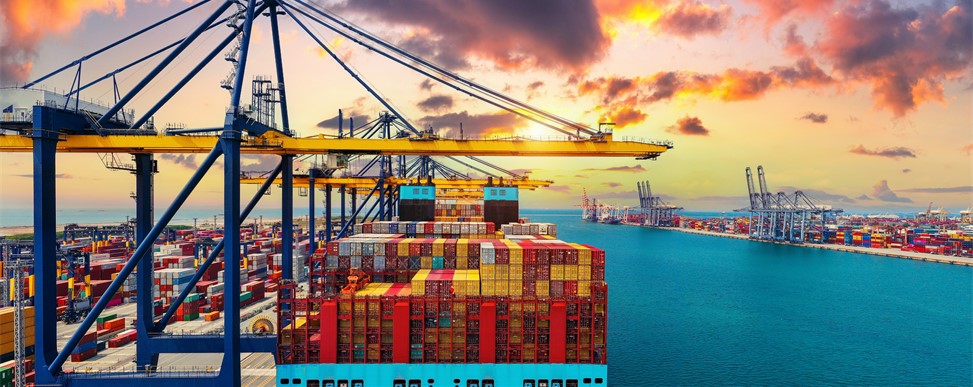
In today’s global marketplace, shipping and delivery services play a crucial role in the supply chain. Companies operating within this sector are subject to a complex web of legal responsibilities and liabilities. Understanding these obligations is vital for businesses to manage risks, comply with regulations, and ensure efficient service delivery. Here we delves into the major legal frameworks governing shipping and delivery services, explores common liabilities, and provides guidance on compliance and risk management.
Regulatory Framework
The legal landscape for shipping and delivery services is shaped by both international and national laws. Internationally, conventions such as the United Nations Convention on the Carriage of Goods by Sea (the Hamburg Rules) and the Convention on the Contract for the International Carriage of Goods by Road (CMR) set out the rights and obligations of parties involved in the transportation of goods across borders. Nationally, laws vary but generally include regulations on transportation safety, customs and import regulations, employment, and environmental standards.
Carriage of Goods
One of the primary areas of legal responsibility in shipping and delivery pertains to the carriage of goods. Laws and conventions typically address issues such as the rights and obligations of shippers and carriers, documentation requirements, and limitations on liability. For instance, under the Hamburg Rules, a carrier is liable for the loss, damage, or delay of goods unless they can prove that they took all measures that could reasonably be expected to avoid the occurrence and its consequences.
Contractual Obligations
Contracts are fundamental to shipping and delivery services. These contracts, often detailed in bills of lading or freight agreements, define the terms and conditions of the service, including delivery timelines, payment terms, and liability clauses. Breach of contract can lead to disputes and significant financial liabilities, making it crucial for parties to carefully negotiate and adhere to these agreements.
Common Liabilities in Shipping and Delivery
Liabilities in shipping and delivery can arise from various sources:
Loss or Damage to Goods
The most common liability is for loss, damage, or delay of goods. Liability can depend on factors such as the nature of the goods, packaging, handling, and agreed terms. Insurance plays a crucial role here, providing financial protection against potential losses.
Environmental Damage
Carriers might also face liabilities for environmental damage, particularly in maritime shipping. International conventions like MARPOL and national laws impose strict liabilities on operators for oil spills and other forms of pollution.
Third-party Claims
Shipping and delivery services can be liable for injuries or damage to third parties. For example, if a delivery vehicle causes an accident, the service provider could be held responsible for injuries and damages involved.
Compliance and Risk Management
Effective risk management and compliance strategies are essential for minimizing exposure to liabilities. Here are some steps companies can take:
Insurance Coverage
Obtaining comprehensive insurance coverage is one of the most straightforward ways to mitigate financial risks associated with liabilities. Different types of insurance, such as cargo insurance, liability insurance, and environmental insurance, should be considered.
Accurate Documentation
Maintaining accurate and complete documentation is crucial. This includes contracts, bills of lading, delivery receipts, and customs documentation. Proper documentation can help resolve disputes and prove compliance with regulatory requirements.
Training and Procedures
Implementing robust training programs for employees and establishing clear operational procedures can help prevent accidents and errors that might lead to liabilities. Regular audits and reviews of these procedures ensure ongoing compliance and safety.
Legal Compliance
Staying updated with changes in international and national laws is crucial. Companies may benefit from working with legal experts specializing in maritime and transportation law to ensure they understand and comply with applicable regulations. For a practical application and further resources, you can visit https://www.shiply.com/
Conclusion
Navigating the complex legal responsibilities and liabilities in shipping and delivery requires a proactive approach. By understanding the regulatory framework, carefully managing contracts, securing appropriate insurance, and implementing effective risk management practices, companies can mitigate risks and enhance their service delivery. As the global trade landscape continues to evolve, staying informed and adaptable will be key to maintaining compliance and achieving success in the shipping and delivery sector.

